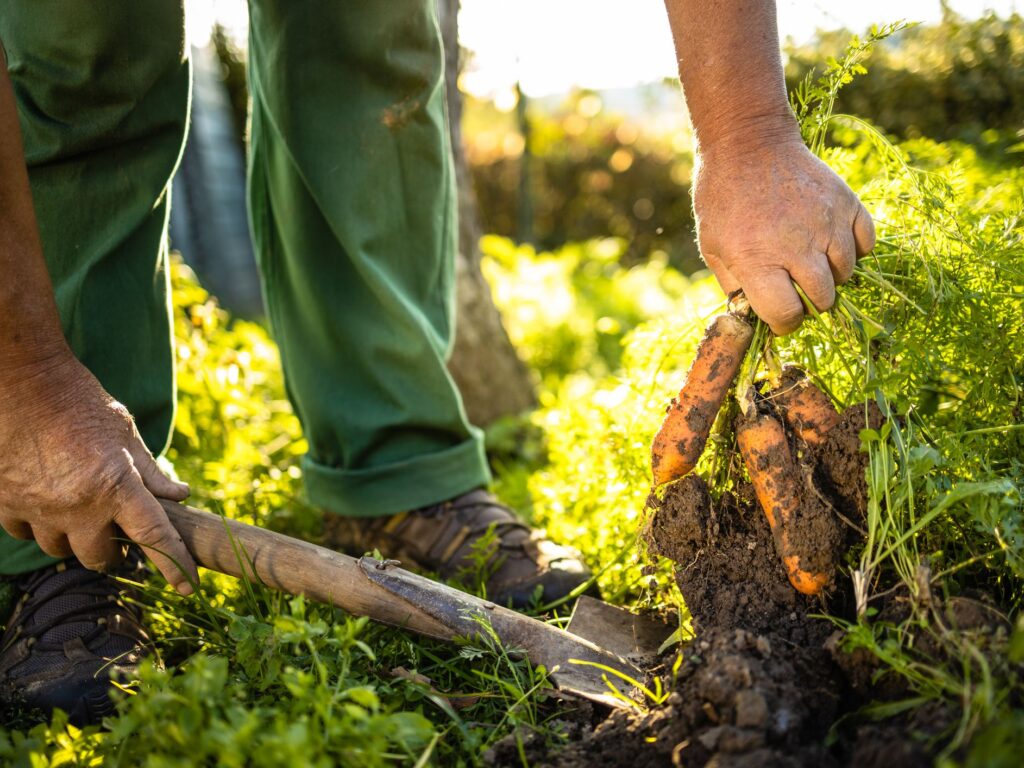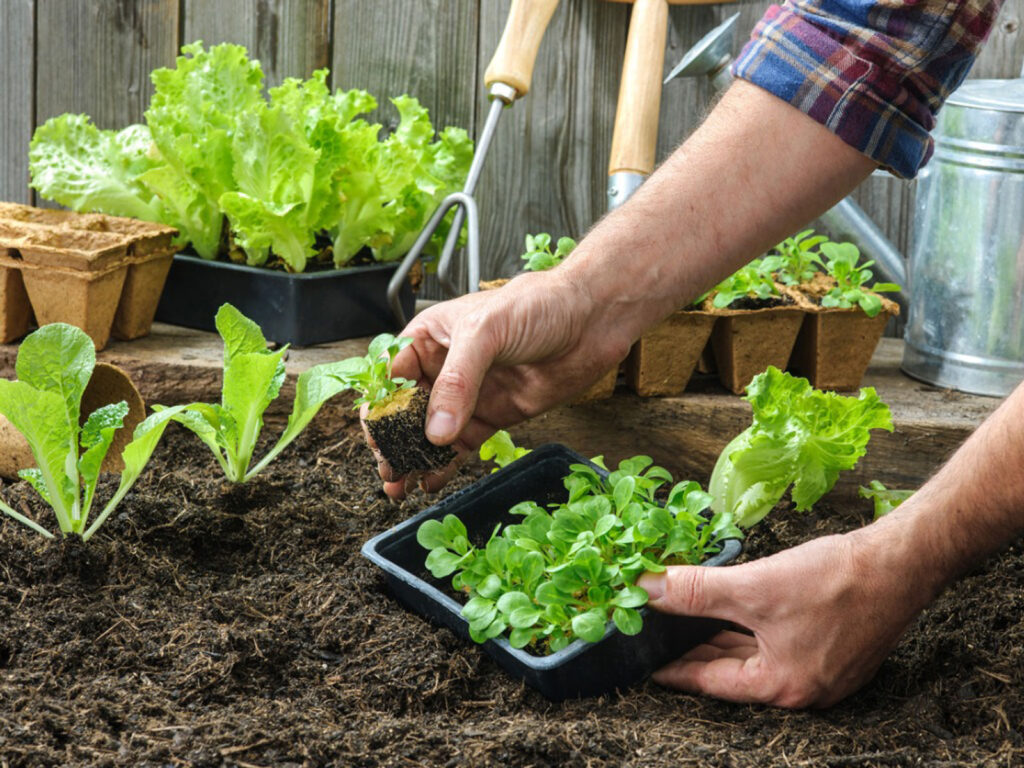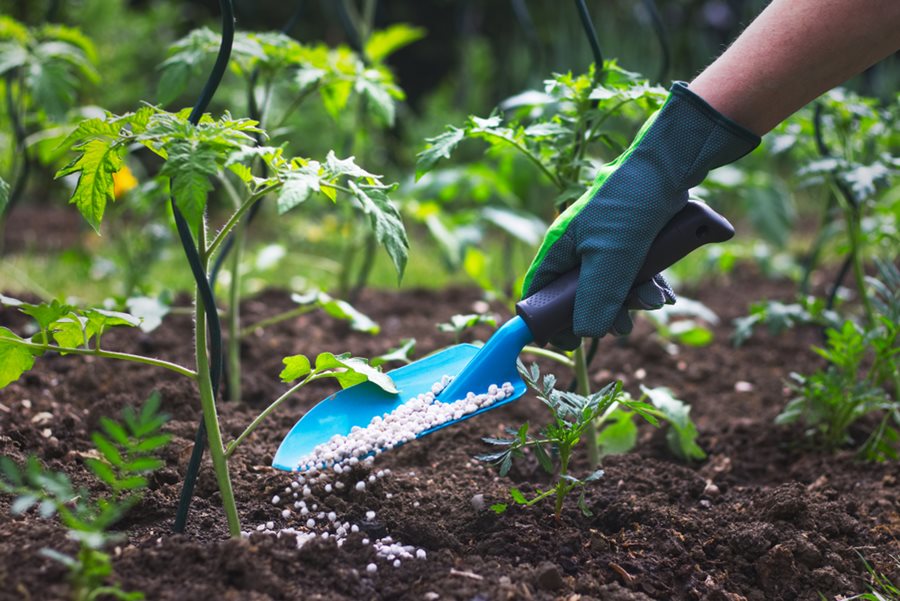You’ve seen it on shows or YouTube vlogs: inexpensive hobbies like gardening looks fun and exciting. If watching gardening videos has piqued your interest, perhaps you’ve considered living the same life and gardening yourself. And why not? It’s shown that gardening benefits people in different ways. While it takes a certain amount of responsibility to maintain your own house garden by yourself, finding the right time in your schedule and having the right amount of passion for trying something can help you attain your gardening goals! So, if you want to get started today or tomorrow (or maybe a few weeks from now – no pressure!), here is a guide with a few tips to help you get started!

Start planning
Before starting with the exciting process of planting the seeds you want and watching them bloom before your very eyes, you first need to plan it all out.
Choose the best area
First off, you need to consider where you’re actually going to set up your garden and plant your seeds. Choose a spot outside your house that is easily accessible to you. This includes having enough space for you to water and tend to them without having any difficulties crouching or standing over your growing plants.
You should also consider a place where the plants would get enough sun. Figure out where the sun hits a certain spot on your property and if your plants would get enough sunlight daily from this place. Most plants or crops need at least 6 hours of sunlight though it still depends on the type of plant that you want to grow (as some would need more or less).
If you’re planning to have potted plants, you can place these pots at the places where you can easily go to them and won’t be of any obstruction to you and your family. For example, you can put them in front of your house, or if you’ve asked deck builders to renovate your house deck, you can turn one spot into a garden.

Get your tools ready
Next, you should look around your house to see if you have the necessary tools to make your gardening dreams come true. You’d only need the basics tools for digging, watering, and weeding as you’re just starting. For digging, you’d need to use a trowel (or a spade for more extensive areas); for watering, you can use a watering can or a garden hose; for weeding, you can use a gardening knife, a hoe, or a sheer. It’s also recommended that you use gardening gloves to keep you protected.
Choose what to plant
Lastly, it’s time for you to plan out what you want to have in your garden. Do you want to go for an edible garden to just go outside whenever you need some fresh ingredients? Or do you want to grow some flowers that smell and look beautiful? Whichever you decide to grow, it’s vital that you conduct research on each one to determine details about them, like how much sun and water they need and how to grow each one correctly. This research can also help identify which plant would grow well for a particular season.
As a tip, it’s best that you start with plants or crops that are easy to grow and maintain. Some of these include sunflowers, lettuce, and radishes. It’s also best that you start small and plant only a number you’re sure you’d have enough time to handle. Then, once you get the hang of it and gain more confidence, you can just keep going and expanding your garden! Who knows, maybe someday you can even have your own business because of how many crops or plants you’ve grown.

Start planting
Prepare the soil
Before you get around to planting your seeds, you first need to prepare the soil. Plants thrive when placed on quality gardening soil. Check the ground that you’re planning to garden in. The best soil to plant would have a crumbly texture instead of being too hard. Loam is the ideal soil for gardening as it holds enough moisture and drains well. You can also improve the quality of your soil by adding enough organic matter to your plot. As a final tip, when you’re tilling your soil, make sure to remove the rocks and weeds before you start sowing. Rocks will block root growth, while weeds will take some of the soil nutrients intended for your plants.
Plant carefully
Once you’ve got the soil ready, it’s time to sow! Generally, you should plant a seed 2-3 times as deep as your seed’s diameter. However, you should still check the seed packet for any instructions that say otherwise. After this, you need to cover the seeds with soil and water enough to ensure that the seeds are hidden.
If you’re wondering about specific techniques or might be confused about this process itself, you can always conduct research or watch tutorial videos about gardening. It’s better to ensure that you’ve got this crucial part of planting down instead of winging it, as it could affect how your plant grows.

Water your plants
Next, your plants need the right amount of water to grow. You should be careful not to overwater them, though! The trick here is to slowly water each plant, just enough to water the soil and moisten about 2-3 inches beneath the ground. Of course, this would also depend on the season and the type of plant you’re growing. For example, planting in the summer would require you to pour more water.
When your plant is still at the early stages of its growth, you’d need to water these plants daily, while more developed plants would only need to be watered every 2 or 3 days. But, again, this would still depend on the weather conditions.
Use fertilizers
What else can you do to help your plants? Fertilize. Besides sunlight and water, fertilizers help your plants grow. While it’s ultimately up to you if you want to buy fertilizers, it’s recommended that you first use compost. This not only saves your money but also helps the environment. Organic matter can be used, like fruit or vegetable peelings, coffee grounds, eggshells, etc. If you’re up for it, you can also try vermicomposting.

What happens next?
Get rid of anything unnecessary
As time passes by, weeds might start to grow surrounding your plants. It’s best to remove them while they’re still pretty short, so it would be helpful for you to keep an eye out for weeds every once in a while when you visit your garden. When you choose to remove them using your hands manually, remember to pull from the base so that this removes the weed’s roots once you pull them out. It’s best to do this when working with wet ground. An alternative is to use a gardening tool, preferably a hoe, to slice below the soil and cut these weeds.
If you want, you can use a mulch to cover your plant’s area. Since mulch keeps the soil moist and cool, weeds won’t be able to grow. Fallen leaves, bark, and clipped grass are examples of mulch materials.
Make notes
This one’s just a side tip and is entirely optional, but it helps if you’re starting out and won’t be able to keep track of the seeds you’ve planted. You can put labels on some parts of your garden to indicate which plants can be found in one row, or you can jot some notes down in your journal or type some information about your plants on your phone to keep track. You can also label your plants with their common and scientific names, especially the exotic ones that you’ve heard of for the first time.
Have fun!
Having this basic guide and tips for running you through the process of gardening, you’re one step closer to achieving your house gardening goals. Remember not to be too hard on yourself if things don’t work out immediately for the first time! Much like everything else, you can improve your gardening skills the longer you do it until it becomes second nature. Though, of course, if everything goes well immediately, then good for you too! Either way, I hope you enjoy the gardening process as much as seeing the fruits of your labor (and your plants).





